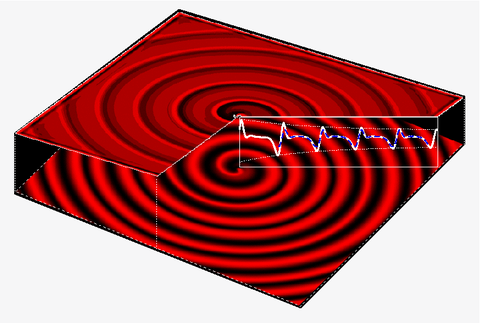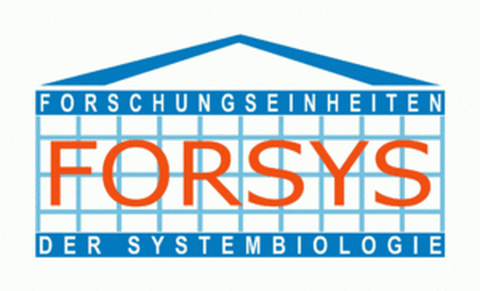Spatio-temporal Dynamics in Systems Biology (SpaceSys)
Recent experimental progress in imaging technologies is now providing quantitative data of intracellular processes as well as tissue organization. The aim of the Systems Biology approach is to use both this emerging quantitative data together with mathematical models and analysis to better understand the emergence of systemic properties of the whole cell or tissue. Previously we have studied the regulation of endocytosis, an essential process by which cells take up nutrients and signals from their environment, process them intracellularly and transport them to specific organelles, see Molecular Systems Biology 4:206 (2008).
The recently established junior research group Spatio-temporal Dynamics in Systems Biology (SpaceSys)" now extends this expertise by developing spatially resolved models and numerical algorithms as well as apply these to selected questions of developmental and cell biology. Specifically, we address the role of subcelular compartmentalization for signal processing as well as tissue organization and growth regulation. Typical mathematical models involve partial differential equations, integro-differential equations and the cellular Potts model. The systematic investigations of spatially resolved data and models are greatly facilitated by the HPC facilities at ZIH.
Partners
Max-Planck-Institut für Physik komplexer Systeme, Dresden (MPI-PKS)
Max-Planck-Institut für Molekulare Zellbiologie und Genetik, Dresden (MPI-CBG)
Zentrum für Regenerative Therapien Dresden (CRTD)
Paul-Langerhans-Institut Dresden (PLID)
Rutgers University, Piscataway, USA
Copenhagen University Danish Stem Cell Center, Kopenhagen, Dänemark
Funding
The research topic has been initialized by funding of the project "SpaceSys" through the FORSYS-Partner program of BMBF.


